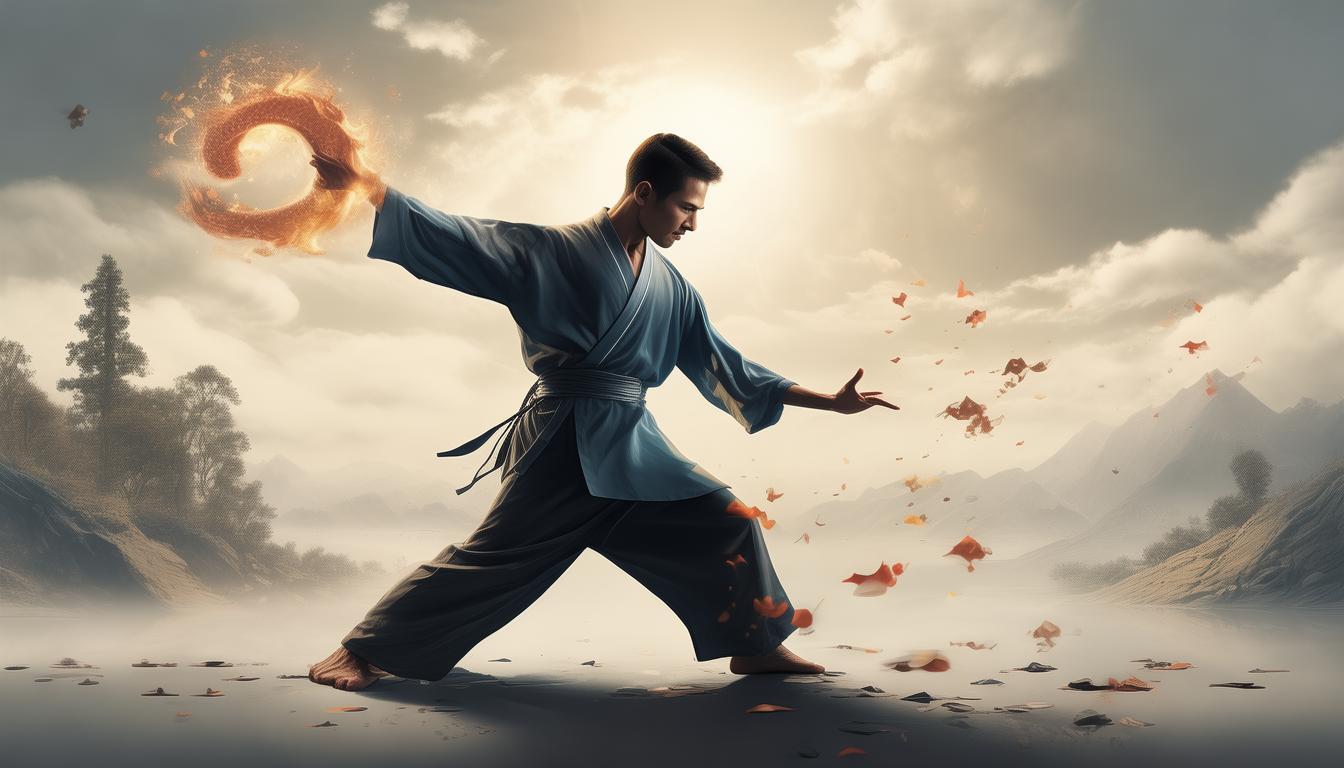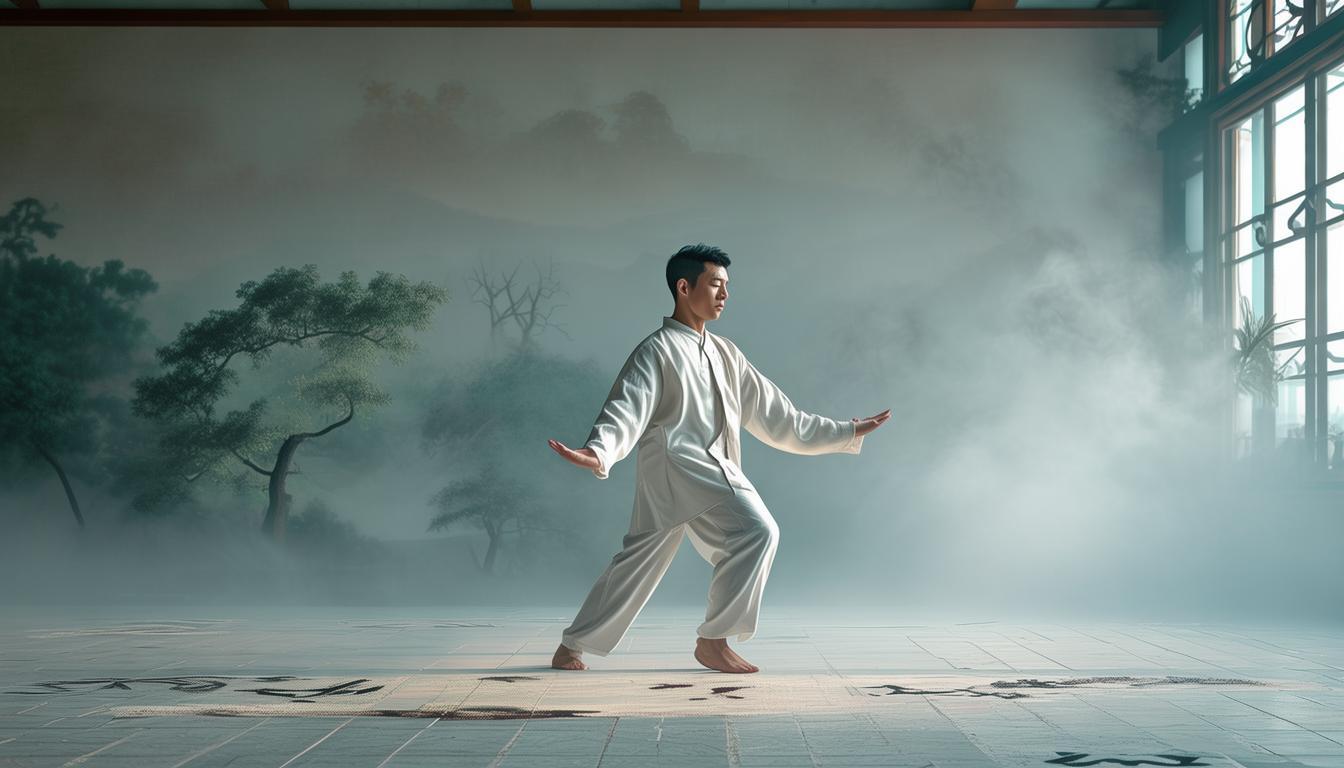I don't quite understand what " tai chi amin wu " refers to, maybe your description is incorrect. If this refers to content related to Tai Chi, I guess that new works can be created after modification.
Tai Chi is a treasure of Chinese culture. Its combination of hardness and softness is not only a fitness function, but also rich in cultural heritage. Parkinson Tai Chi has become a unique landscape in the lives of Chinese people.
Legend of Origin
There are various statements about the origin of Tai Chi. One of the statements is that tai chi amin wu , which originated from the ancestor of Chen Wangting. During the wars in the late Ming Dynasty, he chose to live in seclusion in the countryside and founded Tai Chi there. During that period, mountains and rivers were turbulent and the people were living in a difficult situation. He combined martial arts with philosophy and created boxing, aiming to protect the country and strengthen himself. There is another theory related to Zhang Sanfeng. It is said that he witnessed the fight between magpies and snakes in Wudang Mountain, and was inspired by it, understood the truth of the changes of yin and yang, and then created Tai Chi.
Cultural connotation

Tai Chi contains rich cultural essence. It is based on the Yin-Yang theory, and each move shows the mutual generation and transformation of Yin-Yang. For example, the left hand represents yang and the right hand represents yin. They are interdependent and transformed, just like the law of the movement of all things in the world. When practicing Tai Chi, you need to concentrate, keep calm, breathe naturally, and integrate the ideas of Confucianism, Taoism, and Buddhism into it, so that people can appreciate the mystery of traditional culture between movement and stillness, and understand the philosophy that things will turn and be harmonious and inclusive when they develop to the extreme.
Fitness effects
Tai Chi has many benefits, which can move the muscles and bones all over the body and enhance the body's flexibility and balance ability. Persisting in practicing will make your waist and legs more flexible and your joints healthier. For middle-aged and elderly people, they can also strengthen muscle strength, improve their physical strength, and improve their ability to take care of themselves in daily life. In addition, it also helps regulate the psychology and calm people's mood. Practice after a busy day can relax and release stress and worries.
How to practice

When beginners learn Tai Chi, they must first choose appropriate primary routines, such as the simplified version of 24-style Tai Chi, which is both simple and standardized and easy to master. During the practice, we must pay attention to the standardization and accuracy of the movements, and we must do each movement slowly and steadily, round and smoothly. At the same time, the coordination of breathing and movements is also the key. You should lift your breath when inhaling, drop your breath when exhaling, and breathe deeply and evenly. You can first learn by watching tutorials or reading books, or you can participate in training classes or learn from teachers, so that you can make progress faster.
Future development
Health awareness is increasing, and Tai Chi has a very optimistic development prospect. In the parks and squares, Tai Chi and Arthritis are increasingly practicing Tai Chi. This sport is not only loved by Chinese people, but also moving to the world stage. Many schools offer Tai Chi courses, committed to inheriting and cultivating a new generation of Tai Chi talents. Looking ahead, Tai Chi will continue to innovate and progress, and combine modern technology, it will play a more important role in national fitness and cultural exchanges.
Have you tried practicing Tai Chi? What impact do you think practicing Tai Chi has had on daily life? Looking forward to your likes, sharing and comment interaction.


